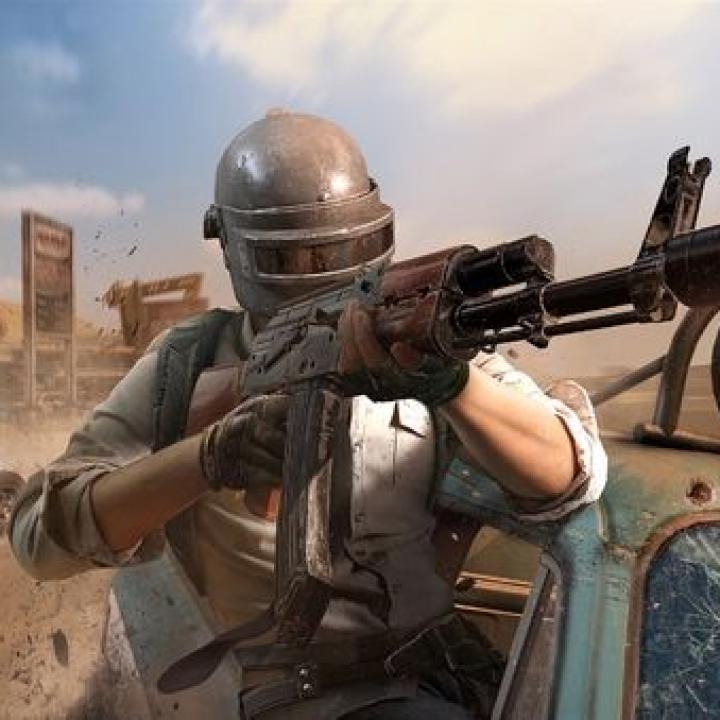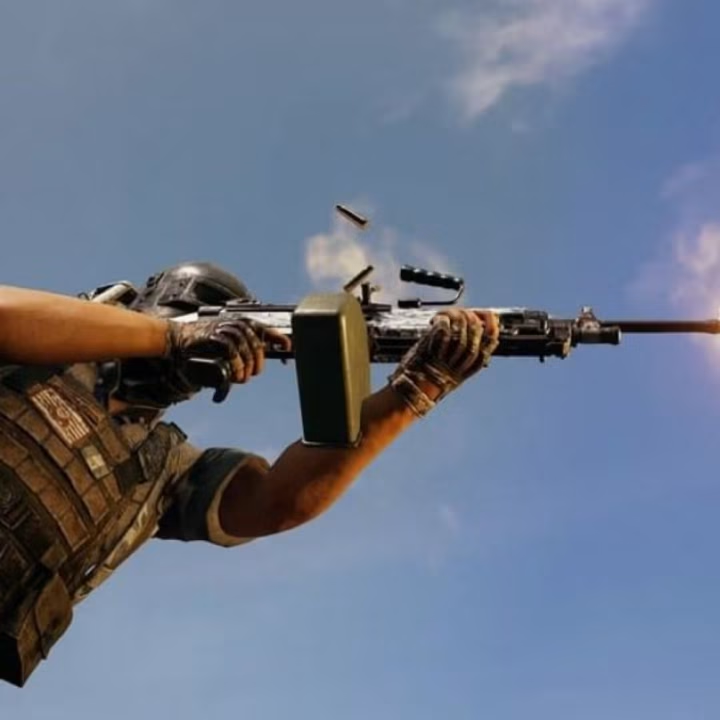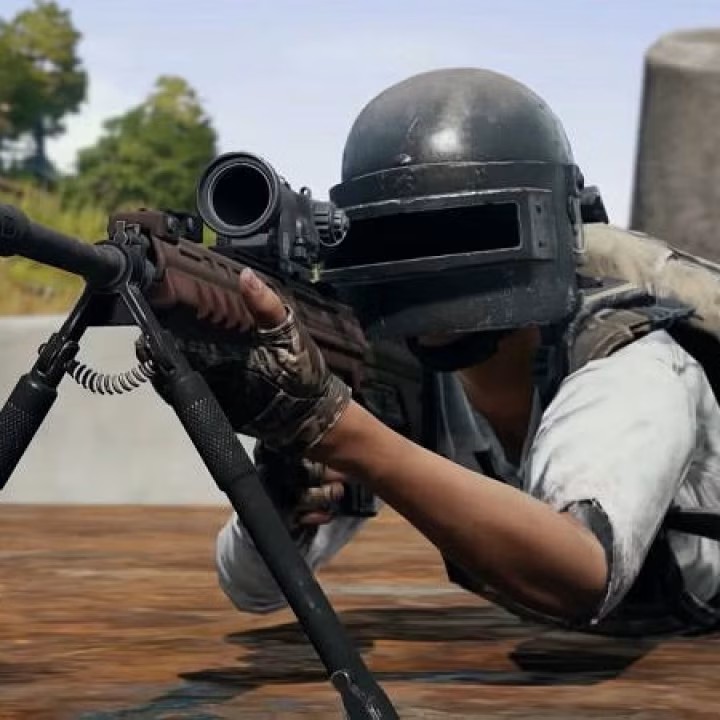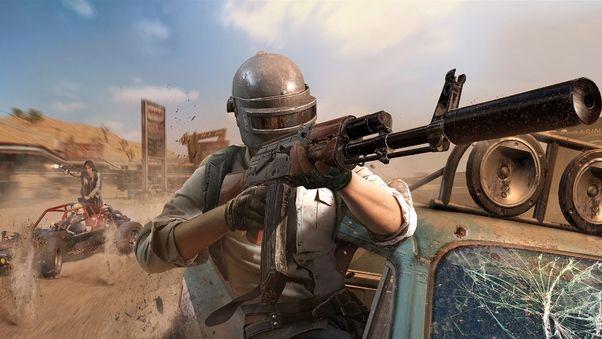
Mastering PUBG Mobile Armor: Survive Sudden Damage Like a Pro
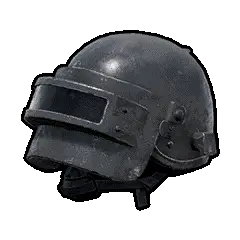
In the high-stakes environment of PUBG, where survival hinges on split-second decisions, understanding the mechanics of armor is paramount. Armor not only mitigates damage but also influences your tactical choices, especially when deciding whether to retain or replace your gear. This comprehensive guide delves into the intricacies of armor in PUBG, offering insights into damage reduction, durability, and strategic considerations for swapping equipment.
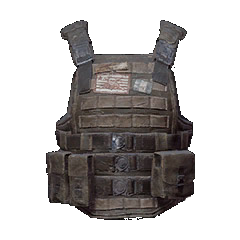
Armor Mechanics: Damage Reduction and Durability
Armor in PUBG comprises two primary components: helmets and vests, each available in three levels. The effectiveness of armor is determined by two factors: the percentage of damage it can reduce and its durability, which dictates how much damage it can absorb before breaking.
Damage Reduction by Armor Level:
- Level 1: Reduces damage by 30%
- Level 2: Reduces damage by 40%
- Level 3: Reduces damage by 55%
Durability Values:
- Level 1 Vest: 200 durability
- Level 2 Vest: 220 durability
- Level 3 Vest: 250 durability
- Level 1 Helmet: 80 durability
- Level 2 Helmet: 150 durability
- Level 3 Helmet: 230 durability
It's crucial to note that armor provides its full damage reduction percentage regardless of its remaining durability. However, once the durability reaches zero, the armor breaks and offers no protection.
Strategic Considerations for Swapping Armor
Helmets:
- Level 3 Helmets: Even with minimal durability, a Level 3 helmet can protect you from a single headshot from sniper rifles like the Kar98k or M24. Therefore, it's generally advisable to keep a Level 3 helmet regardless of its condition.
- Level 2 Helmets: Preferable over Level 1 helmets due to better damage reduction and higher durability.
Vests:
- Swapping Guidelines:
- Level 3 Vest: If durability is above 125, it's better than a full Level 2 vest.
- Level 2 Vest: If durability is above 100, it's better than a full Level 1 vest.
- Level 1 Vest: Consider upgrading to a higher-level vest when available, especially if the higher-level vest has sufficient durability.
These guidelines are based on community insights and may vary depending on specific in-game situations. Always consider the context of your match and the weapons your opponents are using when making gear decisions.
Scenario-Based Decision Making
In PUBG, the decision to swap armor should be influenced by the specific circumstances you find yourself in:
- Early Game: Prioritize acquiring any armor to increase survival chances. Even a Level 1 vest or helmet can make a significant difference.
- Mid Game: Assess the condition of your armor. If you find higher-level armor with better durability, consider swapping to enhance protection.
- Late Game: Durability becomes critical. In intense firefights, armor with higher durability can absorb more damage, potentially turning the tide in your favor.
Always remember that maintaining optimal armor condition is essential for survival. Regularly evaluate your gear and make strategic decisions to ensure you're well-equipped for the challenges ahead.
In conclusion, mastering the nuances of armor in PUBG can significantly enhance your gameplay. By understanding damage reduction, monitoring durability, and making informed decisions about when to swap gear, you position yourself for greater success on the battlefield. Stay vigilant, adapt to your environment, and always be prepared for the next encounter.

